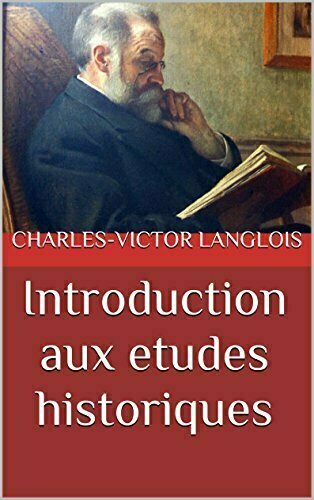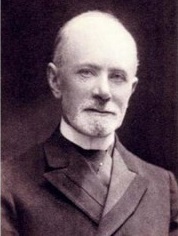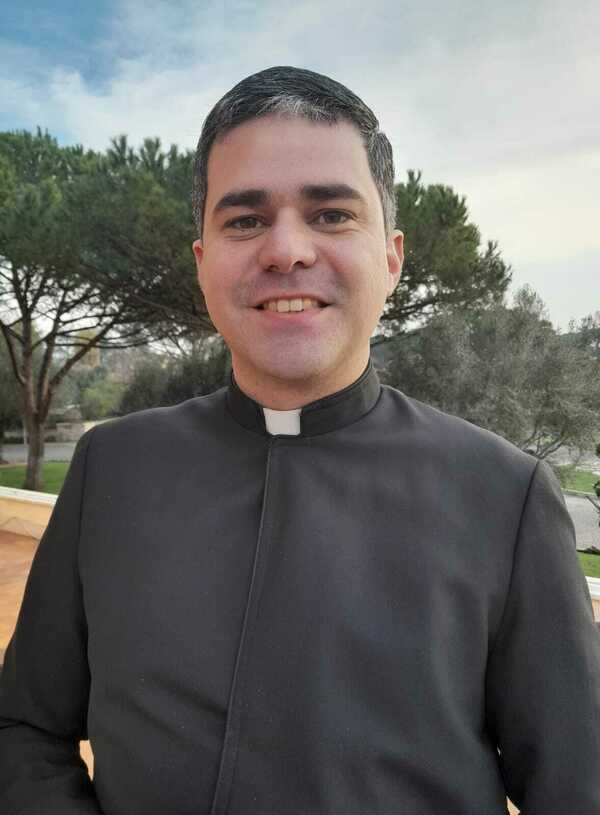In the passage from the 19th to the 20th century, many European historians were concerned about assuring the scientific status of their discipline. In 1897, in France, Charles Seignobos and Charles-Victor Langlois published Introduction aux Études Historiques, a book that would shape French historical scholarship for the next decades. In its first pages, the authors affirmed that “History is made with documents” and “Without documents, there is no history.” This insistence upon this documentary conception of history is the conclusion of a process that started at the end of the Modern Age when the humanists of the Renaissance began applying techniques of historical analysis to literary documents.

This process carried far-reaching implications for the understanding of the Christian faith in Europe. During the Middle Ages, Christian thinkers assumed a coincidence between the image of Jesus Christ developed from the first Christian writings by speculative theology and the historical reality of Jesus of Nazareth. From the end of the 18th century, several thinkers began to point to apparent divergences between the “Christ of faith” and “the Jesus of history.” When a French Catholic priest named Alfred Loisy adopted this historiographic methodology in his 1902 book L’Évangile et l’Église, he ignited a controversy that would pass into history as the Modernist crisis.
Loisy distinguished in his book between the purely historical study of Jesus and the faith-based affirmation of his divinity. And the former, he said, offers no basis for the latter. Nor should it because, for Loisy, these are two separated realms. Such a radical separation seemed excessive for most theologians and Church leaders of the time, who criticized Loisy’s book from different perspectives. Eventually, he would recognize the incompatibility of his ideas with Catholicism and abandon the priesthood and the Christian religion altogether.
Among the different reactions to L’Évangile et l’Église, one touches on the conception of historical science from a philosophical point of view. Maurice Blondel, a Catholic philosopher, exchanged letters with Loisy regarding the book and eventually published three articles addressing “the philosophical lacunae of modern exegesis” under the title of “History and Dogma.” In those articles, Blondel explores philosophically the limits of our knowledge of the reality of past events through historical science.

The philosopher takes a stance against the objectivist view of history, prevalent at his time, by distinguishing two meanings of the word. History means, in the first place, the facts as they happened, the reality of human actions in the past. It also means the scientific endeavor to know these facts through historical documents. Although history-science intends to unveil history-reality, we should not confound them both. A narrative or description could be “historically accurate” because it follows the scientific rules of the historical discipline yet could fail to convey the reality it aims to describe in its totality. Blondel frequently uses the image of the relation between a portrait and what it represents. A good portrait captures some aspects of its object, but the two are at different levels of existence. As it would be wrong to take the portrait for the person represented, it would be misleading to take the results of a historical inquiry for the facts as they happened.

Applying his conclusions to the historicity of the figure of Jesus, Blondel asserts that, although the historian can gather factual data from the historical study of the documents, this portrait is not the complete reality of Jesus. Is there, then, any other means to access this complete image? Blondel’s answer could seem disingenuous to a scientifically-minded reader. According to him, we can validly attain knowledge about the historical figure of Jesus through the Christian tradition, understood as the practice of the faith in the Christian community throughout the centuries.
Blondel argues that the impression that Jesus produced upon his contemporaries could not be fully described or even conceptualized in the first Christian texts. However, the religious practice inspired by him kept and passed on even these unconceptualized elements so that future Christians might attain an even better understanding of his identity. The core of his argument consists in affirming that there are aspects of the “real” historical figure of Jesus (in the sense of history-as-fact) that historical research (history-as-science) could not retrieve and were, instead, accessible to the Christian practice. That is why Blondel affirms that "in some respects, tradition knows history differently and better than the critical historian."
In a period marked by an objectivist view of historical science, Blondel arguments could hardly find an approving audience. Loisy dismisses his arguments as pure fantasy and a desperate attempt to save the Christian dogma from the corrosive effect of historical criticism. However, later in the 20th century, philosophers such as Hans-Georg Gadamer, Michael Polanyi, and Thomas Kuhn would arrive at similar conclusions by studying the evolution of scientific theories and the role of hermeneutics in our historical knowledge. They refuted the view of any science as a pure objective enterprise and highlighted the role of interpretation and future developments to ascertain the truth about a given event. It seems that the apologetic intents of Maurice Blondel, inspired by his philosophy of action, allowed the French philosopher to see more clearly the limits of the historical science than his opponents, practitioners of this science. Although inspired by a theological problem, “History and Dogma” presented valuable insight into the nature of historical research that later philosophical thought would confirm.
Suggested Further Reading
Maurice Blondel, “History and Dogma,” in The Letter on Apologetics and History and Dogma, translated and edited by Alexander Dru and Illtyd Trethowan (Grand Rapids: Eerdmans Publishing Company, 1994).
Robert C. Koerpel, “Between ‘History and Dogma’: On the Spirit of Tradition in the Demands and Limitations of Modernity,” in The New Blackfriars 95 (2014), n. 1055, p. 3-20.
Émile Poulat, Histoire, dogme et critique dans la crise moderniste, (Paris: Albin Michel, 1996), 3rd edition.
About the author

Anthony Queirós is a Ph.D. candidate in Dogmatic Theology at the Pontifical University Saint Thomas Aquinas (Angelicum) in Rome, Italy. His academic journey includes Humanistic Studies, bachelor’s degrees in philosophy and theology, and an MA in Theology at the Institut Catholique de Paris. His interests include Dogmatic and Fundamental Theology, theological reception of contemporary philosophy, and the question of tradition and modernity in religious thought, with a particular focus on European theologians of the 20th century.
Originally published by at eitw.nd.edu on February 20, 2024.